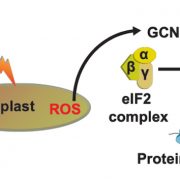
Regulation of Protein Synthesis under Abiotic Stress
Research, The Plant Cell, The Plant Cell: In a NutshellLokdarshi et al. demonstrate that cytosolic protein synthesis under abiotic stress is regulated by the GCN2 kinase-eIF2a module under the command of reactive oxygen species originating from chloroplasts. Plant Cell https://doi.org/10.1105/tpc.19.00751
By Ansul Lokdarshi and Albrecht von Arnim (University…
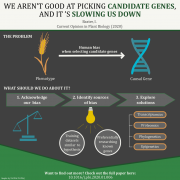
Opinion: We aren’t good at picking candidate genes, and it’s slowing us down (COPB)
Plant Science Research WeeklyRecent advances have facilitated the generation of huge phenotypic datasets from plant populations. However, the means to inexpensively organise such datasets to unequivocally determine causal genes has evaded researchers. Here, Baxter discusses how human bias when selecting candidate genes is compromising…

Update: Twenty years of progress in physiological and biochemical investigation of RALF peptides (Plant Physiol)
Plant Science Research WeeklyRALFs (Rapid Alkalinzation Factors) were one of the first types of signaling peptides identified in plants, and as their name suggests they were shown to induce an increase in the pH (i.e., alkalinization) of culture medium, through inducing phosphorylation of a plasma-membrane proton pump. There are…
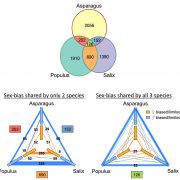
Review: Pathways to sex determination in plants: How many roads lead to Rome? (COPB)
Plant Science Research WeeklyAlthough most angiosperms produce both male and female gametes, in some species an individual is either male or female, a property known as dioecy (literally, two houses). Dioecy exists in ~6% of angiosperms and is hypothesized to have evolved several times independently. While much research has been…
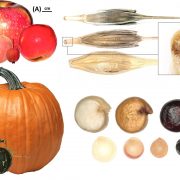
Opinion. Anthropogenic seed dispersal: Rethinking the origins of plant domestication (Trends Plant Sci)
Plant Science Research WeeklyStudies regarding the development of agriculture have started to integrate a plant evolutionary perspective. In this context, Spengler explores how changes in seed dispersal allowed plant domestication during the first half of the Holocene (e.g., more than 5000 years ago). He starts by redefining domestication…

Phenome analysis in multiple combinations of G-protein alpha and beta in Arabidopsis (Plant J)
Plant Science Research WeeklyHeterotrimeric G-proteins are implicated in a large number of signalling pathways. As their name indicates, they are composed of three different subunits, Gα, Gβ, and Gγ. The Arabidopsis genome has genes encoding four Gα, one Gβ and two Gγ protein subunits, as compared to the multiple members that…
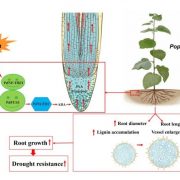
Transcription factor NF‐YB21 positively regulate the root growth in Populus (New Phytol)
Plant Science Research WeeklyNuclear factor Y (NF-Y) proteins are heterotrimeric transcription factors made up of A, B and C subunits that exist in higher eukaryotes. Previous work has implicated NF-Ys in root growth. Recently, Zhou et al. isolated a root-specific NF-Y family transcription factor in Populus designated as PdNF-YB21.…
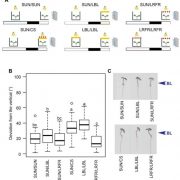
In Arabidopsis, low blue light enhances phototropism by releasing cryptochrome 1-mediated inhibition of PIF4 expression (bioRxiv)
Plant Science Research WeeklyA plant’s light environment is complex and variable, but through different photoreceptors the plant can perceive its environment and grow appropriately. For example, plants respond differently in the presence of dense vegetation (leading to a low red to far-red light ratio due to far-red light being…
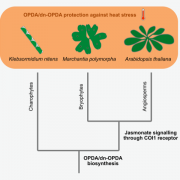
Heat tolerance regulated by an ancient jasmonate signaling pathway (Curr. Biol)
Plant Science Research WeeklyJasmonate responses are regulated not only by the well-studied pair of the bioactive hormone jasmonoyl-isoleucine (JA-Ile) and the receptor COI1, but also the cyclopentenone OPDA and the JA-Ile precursor dn-OPDA can activate jasmonate signaling. However, the OPDA/dn-OPDA signaling and their physiological…

